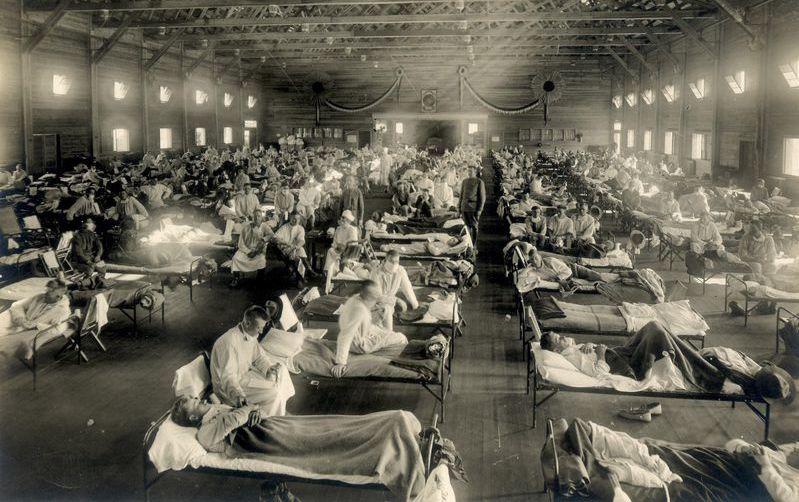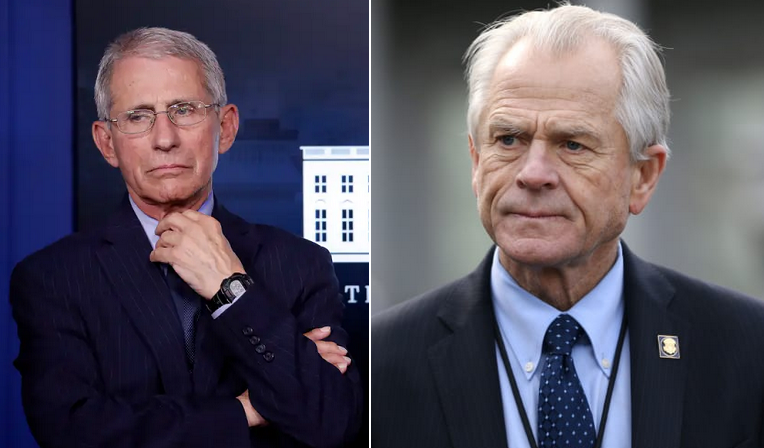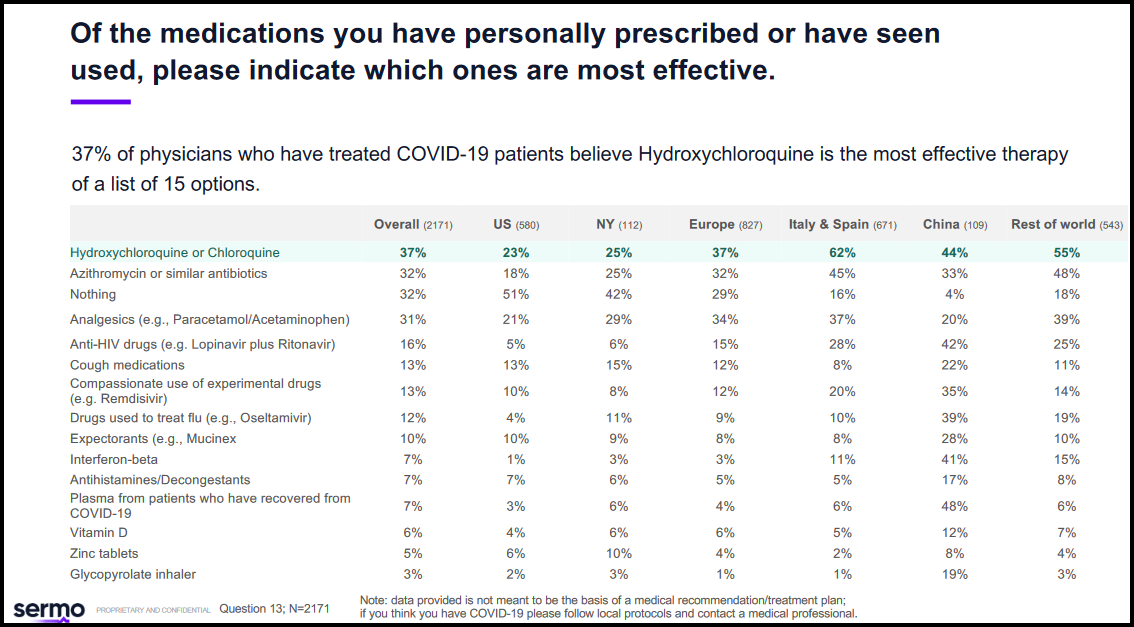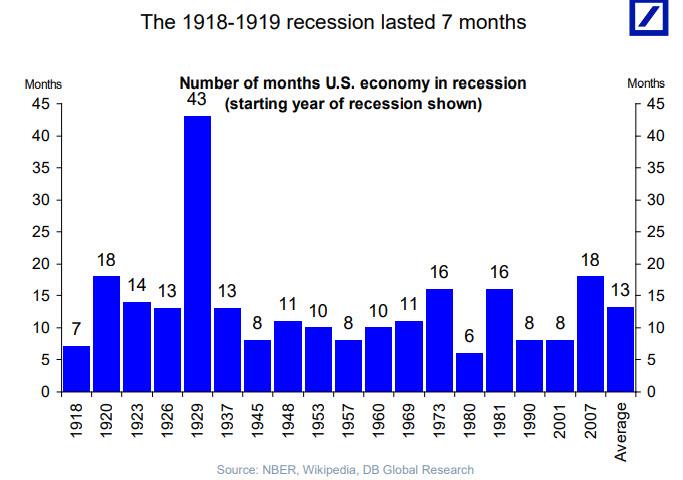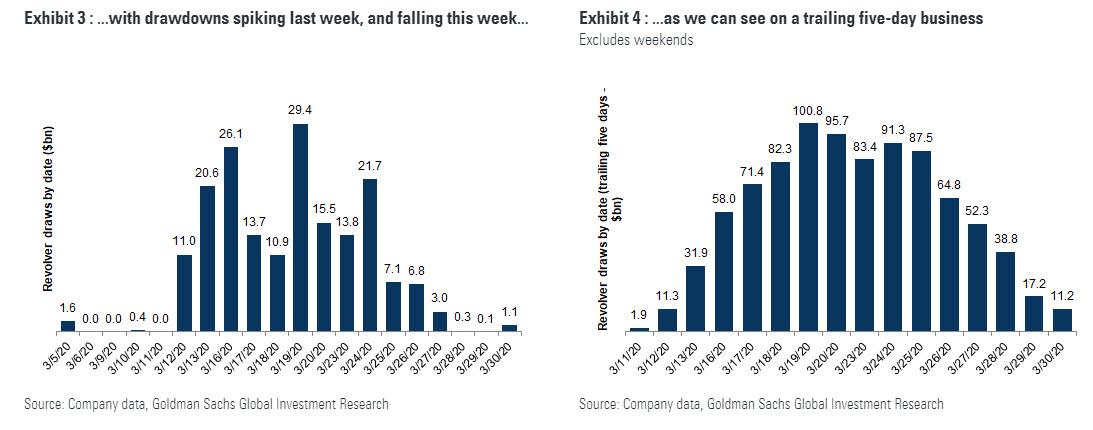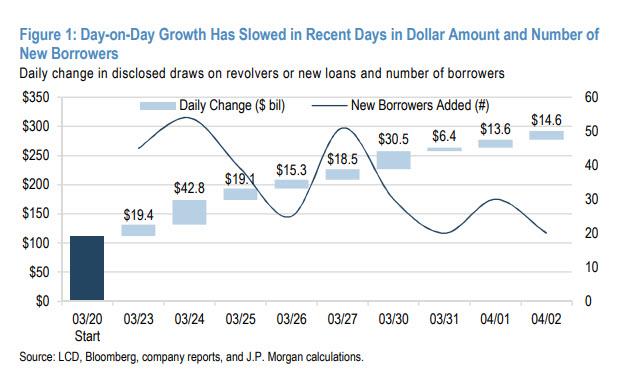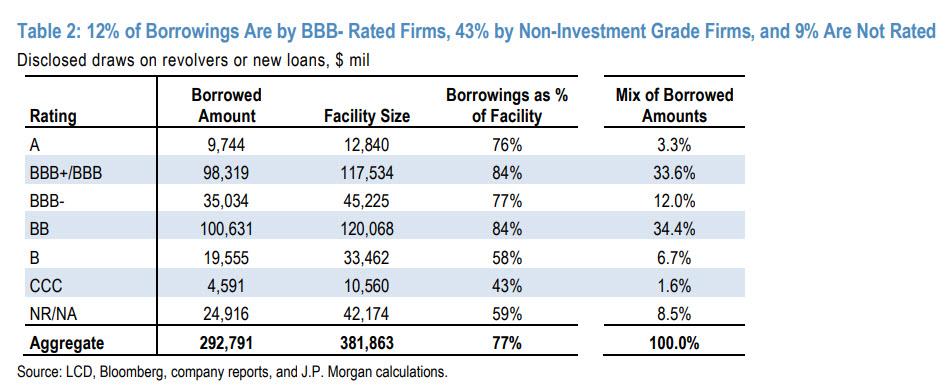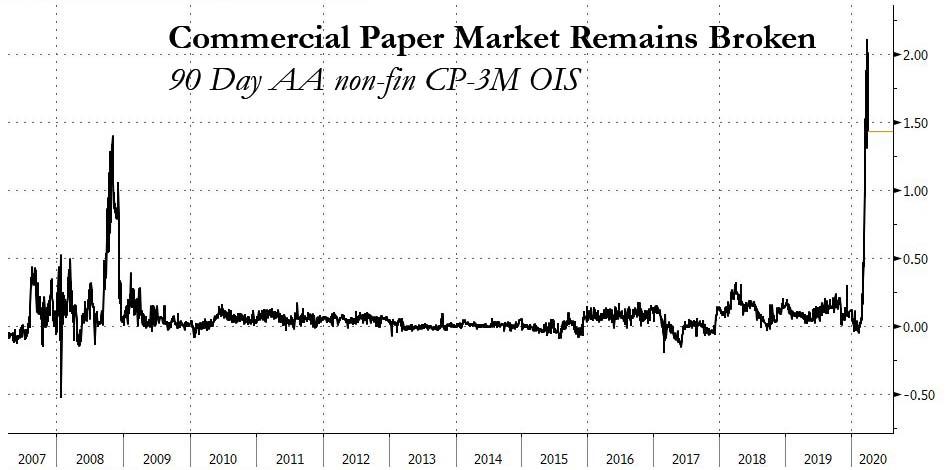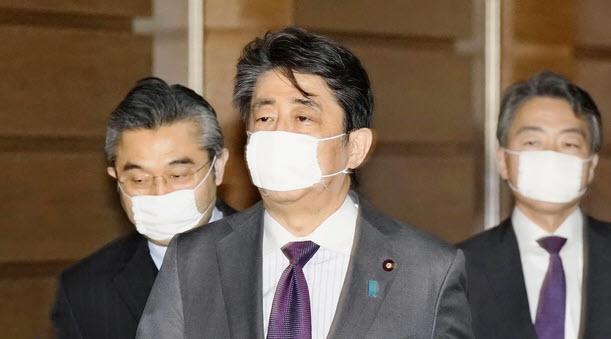Sweden Beset By New Crime-Wave Of “Humiliation Robberies”
Authored by Judith Bergman via The Gatestone Institute,
A new kind of crime is making the headlines in Sweden, in Swedish known as förnedringsrån. Förnedring means “humiliation” and rån means “robbery.” The victims of these “humiliation robberies” are almost always children or teenagers. As previously reported by Gatestone Institute:
“The number of children who rob other children has increased by 100% in only four years, according to a new study by Swedish police… In 2016, there were 1,178 robberies against children under 18 years of age. In 2019, the number had increased to 2,484. The number of violent crimes where the suspect is a child under 15 years of age has also gone up dramatically: In 2015, there were 6,359 reported violent crimes where the suspect was a child under 15. In 2019, that number had increased to 8,719 reported violent crimes”.
The “humiliation robberies” have recently caused much consternation in Sweden. In Gothenburg, a criminal gang of youths forced their victim to kiss the gang leader’s feet, while they filmed him. After that, they stomped on his face until he passed out.
In Stockholm, two 16-year-olds robbed, punched and kicked their 18-year old victim for hours. At the end of the ordeal, they took him behind a church where one of the perpetrators urinated on him while they called him names such as “fucking Swede”. They then forced him to take his clothes of while laughing mockingly at him, the victim, only known as Liam, told Swedish TV. The two 16-year-olds filmed the incident and spread it on social media.
The parents of one of the perpetrators came to Sweden six years ago from an unspecified African country, according to Swedish TV, who interviewed them in February. The parents both work and said that their son lacks for nothing. The mother wore a hijab during the interview.
Although Swedish media rarely publish details of the ethnic origins of gang members, some media research has shown that gang members overwhelmingly are either foreign-born or children of immigrants. In 2017, the Swedish mainstream media outlet Expressen did a report about the 49 criminal networks in Stockholm. The report showed the networks consisted of between 500 and 700 gang members: 40.6% of the gang members that Expressen surveyed were foreign-born; 82.2% had two parents who were foreign-born. Their main country of origin was Iraq, followed by Bosnia, Lebanon, Somalia, Syria and Turkey.
“It is a way to show your power. They want to dominate places. They do that by putting fear in other youths,” said Thomas Petterson, an analyst for the Gothenburg police, in August.
“When it comes to these kinds of young people, they get a kick out of the deed, rather than going after possessions,” said criminal prosecutor Linda Wiking.
However, little is apparently new about this form of crime. The only truly novel aspect of it is that the crime has become extreme to the extent that even Swedish mainstream media can no longer ignore it.
As early as 2007, four academics (Ingrid Björkman, Jan Elfverson, Jonathan Friedman and Åke Wedin) wrote a book, Exit Folkhemssverige (“Exit the Swedish Welfare State”), which received little to no attention in mainstream media at the time. The book contains much information about gang robberies, including the humiliation of the victims that they often entail:
“Since the early 1990s, gang robberies, where young people rob other young people, have been a marked feature of juvenile delinquency. From being a metropolitan phenomenon, the robberies have now spread across the country. Several reports, including an extensive BRÅ survey in 1999 of Malmö and Gothenburg, as well as interviews with police officers, give a coherent picture of the youth robberies. The increase is dramatic. In the Stockholm and Malmö regions, police reported robberies doubled in 1999, and the police are talking about a ‘youth epidemic’. 80 – 90% of robbers have an immigrant background. The majority are 15 – 17 years…The victims are Swedish children and young people, primarily ‘Swedish guys from rich men’s schools’, as one robber put it. The robberies are mostly carried out in the daytime and despite the fact that there are adults nearby. The surroundings rarely intervene… The robberies usually follow a certain pattern: A group of immigrant boys approach a selected victim and convey a clear threat with their actions. A common scenario is that one of the robbers holds a knife pressed against the victim, while the others rob him of mobile phone, bank card, money. The victim… is frightened and dare not [do anything] but give up the requested items… If he doesn’t give up, he’ll be beaten, often very brutally. Humiliation of the victim is not infrequently included in the picture. If it is a boy, it is about breaking his self-esteem. He is forced to cry, give up his shoes, even undress naked, kneel and plead for his life, etc. For the girl victims, sexual humiliation applies. They get their clothes ripped off, the robbers grab them and call them “whores”. However, the robberies are rarely combined with rape. When the girls manage to get away, the robbers laugh out loud and let them run. Even little girls aren’t safe… The gangs have gained respect, as it is called. This means that they have taken over certain neighborhoods, with the result that Swedish young people are restricting their freedom of movement…The teenage perpetrators behave like Mafiosi, police say. The robberies are a demonstration of power. If the robbers are caught, they laugh at the police, because the penalties for the crimes are so insignificant due to the young age of the perpetrators.” (From chapter 5.)
The authors continued:
“The fact that it is a question of showing their power is confirmed by the immigrant youths themselves… ‘The Swedes must become like us foreigners. Otherwise, they won’t make it,’ says one immigrant… ‘You don’t rob your own. And then it becomes immigrants against Swedes’. ‘If you get to know them and pretend to look up to them, then you don’t get robbed,’ explains a Swedish 14-year-old. The defense mechanism is called conscious identity change. A sociological study at the University of Gothenburg by John Järvenpää has dealt in detail with the phenomenon of immigrant youth and robberies…The crucial motive for the choice of victims was ethnic. No one could imagine robbing someone of their own nationality. First, ‘it’s about respect.’ Second, they would be severely punished by their compatriots. ‘I’d get killed,’ says one. ‘The family would have killed us,’ says another. That the robbers focus on Swedes is mainly because Swedes are afraid and therefore easy prey…”
Exit Folkhemssverige also has a section about gang rape, which the authors present as a different kind of humiliation crime:
“Previously, gang rapes were virtually unknown in Sweden. But since the 1980s, they have steadily increased. Since 1995, they have quadrupled. In 1999, 35 gang rapes were recorded in Stockholm alone. Today, the media reports every week or every two weeks on such violent crimes. The usual pattern is the same as in the gang robberies. First, the ethnic relationship is the same: the victims are Swedish and among the perpetrators, the immigrants are greatly over-represented. For example, a study on sentencing practices shows that out of 24 perpetrators convicted of gang rape in 1989–91, 21 were foreign nationals. Whether the three Swedish citizens were ethnic Swedes or immigrants is not accounted for. Second, both perpetrators and victims are getting younger. In August 2001, for example, two 13-year-old girls in Malmö were raped by six immigrant boys aged 11 to 14. The case received widespread media attention, resulting in 17 rape reports against the same gang being filed with the police in the following days… The term ‘whore’ for Swedish women was launched by Muslim immigrant men from the Middle East. The concept has since been adopted by male immigrants from other cultures and now seems established…”
Exit Folkhemssverige was based, among many other sources, on the Swedish National Council for Crime Prevention’s (Brå) report “Youth who rob youth in Malmö and Stockholm” which was published in the year 2000 — evidently at a time, when Swedish authorities still published details about the ethnic backgrounds of perpetrators. According to the report, 70-75 % of the victims of youth robbers were Swedes born of two Swedish-born parents, whereas:
“Between 1995 and 1999, the proportion of suspected perpetrators born in Sweden to Swedish-born parents fell in both Malmö and Stockholm, from 21% and 36% respectively, to 10% and 15% respectively… In Malmö, foreign-born young people made up more than half of all suspected perpetrators in 1995. By 1999, this proportion had increased to 69%. In Stockholm, young people born abroad accounted for about 40 % of the suspected perpetrators in both 1995 and 1999. Foreign-born young people were severely over-represented among the suspected perpetrators…” (page 27)
Twenty years after Brå‘s report about youths who rob other youths, Prime Minister Stefan Löfven, blamed the most recent and widely publicized “humiliation robberies” on the former liberal-conservative government, which Löfven took over from in 2014:
“For a long time there was a policy, during eight years of the former conservative government, of tax reductions and welfare cuts. That will not do. Now we have changed that policy, we will invest more in welfare”.
Löfven might benefit from learning the history of gang violence in Sweden. He might start by reading Brå‘s 20-year old report.
Tyler Durden
Mon, 04/06/2020 – 03:00
via ZeroHedge News https://ift.tt/3dZMmIz Tyler Durden


